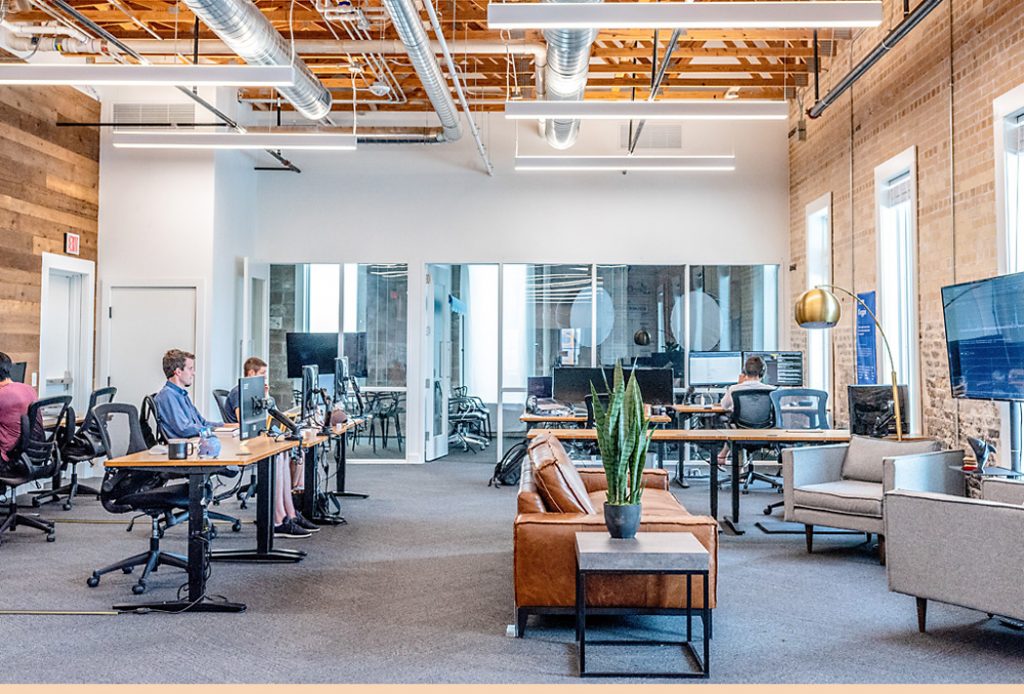
If you’re reading this, I’m guessing you’re not the type to be bored by finance and economics, so here goes the thrilling story of the business cycle.
To see the business cycle in action, we need to go back to the years 2005 to 2007. In case you’ve forgotten, that was the period of house mania and liar’s loans. House prices soared, and lenders were so confident that prices would continue to rise that they were lending negative amortization loans, in which the shortfall was added to the loan balance—because real estate prices go up forever, don’t they?
Well, we found out otherwise, didn’t we? The housing bubble burst and became the housing crisis.
In the middle of it all, we had a presidential election. In early 2009, new president Barack Obama asked the Commerce Department to provide a 10-year forecast of U.S. economic growth. Up until then the Commerce Department had only provided 5-year forecasts. Commerce responded in a beautifully bureaucratic way: they took their 5-year forecast and just doubled the number of years.
Immediately, the complaints started. “Obama is going to give us slow growth for as far as the eye can see,” people grumbled. They were right, except that it had very little to do with Mr. Obama. The greatest single thing holding back the U.S. economy was a shortage of labor. That shortage was not yet evident in 2009, but in the years that followed, it became very clear.
Trendline growth for the U.S. economy is 2.3 percent. Some years we drop below that, and some years we rise above it, but it’s very hard to grow faster—we simply don’t have the workforce.
But back to 2009. When everyone started to complain about slow growth, my reaction was actually quite different. Slow growth is sustainable growth, I said at the time, and I still hold that to be true.
No one knows how many years we can go without a recession if we grow at a slow and steady pace. Slow and steady means that bubbles are hard to build up, it’s difficult to overheat the economy, and it’s tough to get inflation.
A recession is usually the backside of an overheated economy or a major economic sector. Some examples are the dotcom bust and the housing bust.
The 2020 recession proved that we can have a recession that is not preceded by economic overheating, but that kind of recession is unusual and typically takes an unexpected event such as the pandemic to trigger it.
Were it not for the pandemic, there probably would not have been a recession, and we’d still be extending the longest expansion in history. As it was, the period of 2009 to 2020 was a historically long period between recessions. It’s entirely possible that we have now entered an expansion period that will be even longer.
Or we could screw it up.
The biggest restraints on the U.S. economy are the above-mentioned labor shortage and—this is not exactly a restraint, more of a threat—the ever-growing U.S. national debt. In a way, these two can go hand in hand because more workers can release the economy toward faster growth, and faster growth means the government would be able to collect more taxes, so deficits could shrink and even become surpluses, as happened at the end of the 1990s.
Or if we get surpluses, we could see them as a bad thing and immediately rush to cut taxes, as we did in 2001, so that we can get back to deficits again.
If you missed my sarcasm, please reread the above paragraph, because it’s important. We are very likely back to good times, and we desperately need to use these good times to get ourselves back to budget surpluses, which will be used to pay down the national debt.
We can’t tax-cut our way to budget surpluses. It doesn’t work. Ronald Reagan proved that. He sold us on the idea that tax cuts would stimulate the economy enough that they would pay for themselves. Instead, he presided over then-record deficits.
There’s no magic wand here. We need to run budget surpluses, and if we really are going into another record-long period of economic expansion, we need to do it now.
Hal Masover is a Chartered Retirement Planning Counselor and a registered representative. His firm, Investment Insights, Inc is at 508 N 2nd Street, Suite 203, Fairfield, IA 52556. Securities offered through, Cambridge Investment Research, Inc, a Broker/ Dealer, Member FINRA/SIPC. Investment Advisor Representative, Cambridge Investment Research Advisors, Inc., a Registered Investment Advisor. Investment Insights, Inc & Cambridge are not affiliated. Comments and questions can be sent to hal.masover@emailsri .com. These are the opinions of Hal Masover and not necessarily those of Cambridge, are for informational purposes only, and should not be construed or acted upon as individualized investment advice. Investing involves risk. Depending on the types of investments, there may be varying degrees of risk. Investors should be prepared to bear loss, including total loss of principal. Past performance is no guarantee of future results.
Indices mentioned are unmanaged and cannot be invested in directly.
